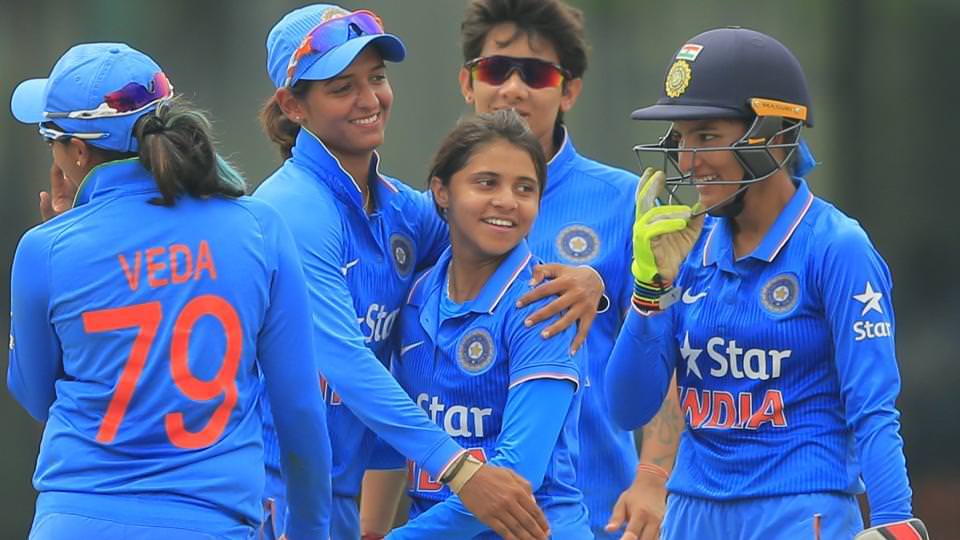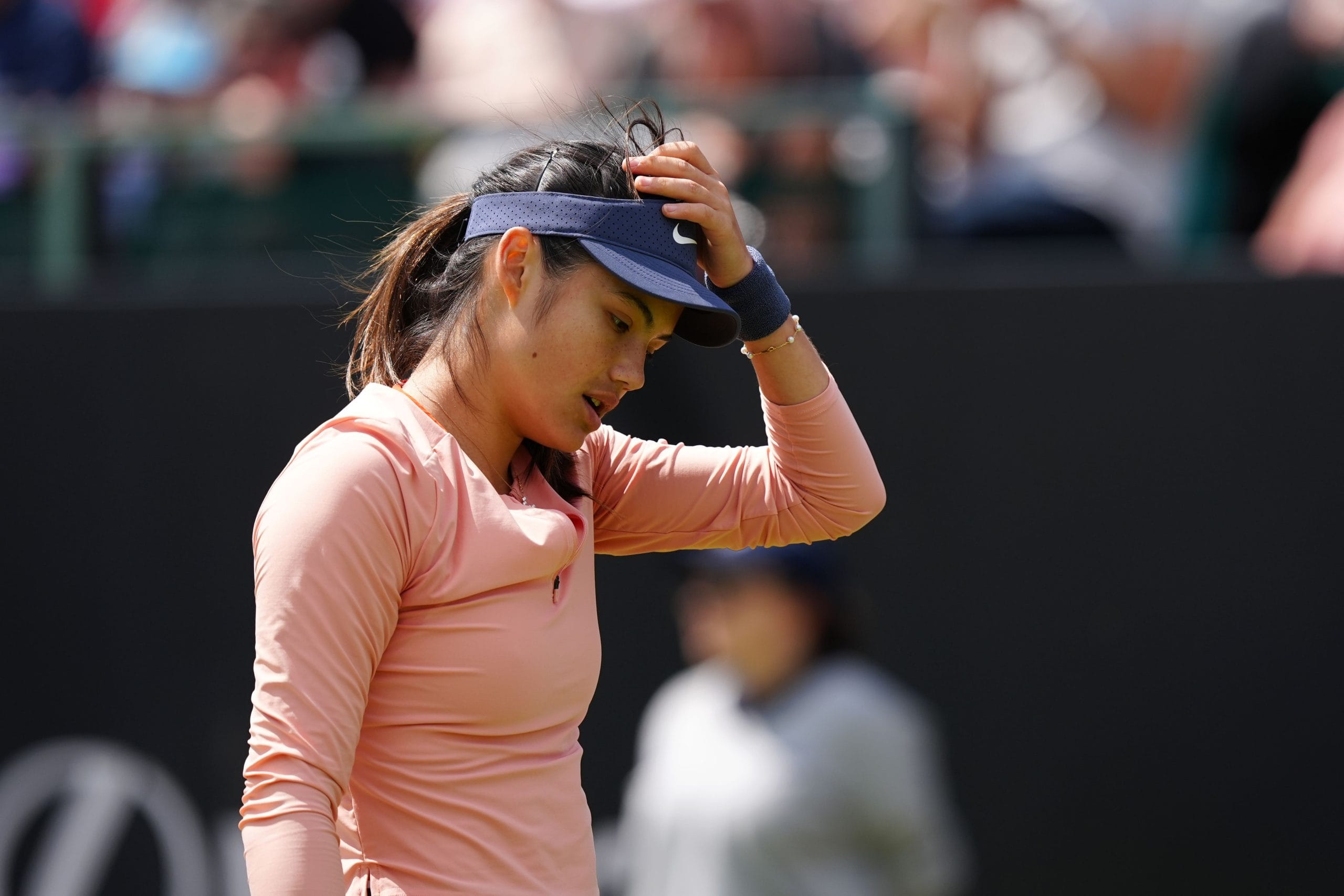Sport is a major yet usually neglected site of gender inequality in our society. In India, the only game that never loses its limelight is cricket. It is treated like a religion in our country, no matter what the performance of the players is (obviously the glory and the mass following is limited to the men’s cricket), cricket always manages to occupy the centre table for discussion on TV, in newspapers and even among the general public.
Before people start emphasizing that there is a women’s cricket team and cricket isn’t a feminist issue, let me clarify that the lack of platform given to women’s cricket is a feminist issue. The effect that cricket has in the society, and, the way it has played a great role in putting the responsibility of “defending the nation” into the hands of men and constructing gendered nationalism which is masculine in nature.
Cricket has its origin in Britain and was used by the Britishers in order to “morally discipline” and inculcate the “masculine ideals” of stamina in the “lazy” and “uncivilised” colonies; that is how the Indian civilisation learnt to play the game. It was imposed upon the country as a means of oppression and the country gave it the status of a religion.
If we look at nationalism as a feeling of pride and belonging to a community based on a common belief and common origin; then, cricket acts as an integral part of the elements that construct the Indian Nationalism as masculine and contributes to gender discrimination. Indians see cricket as a symbol of nation itself; victory in a cricket match is equated to “national victory” and a defeat emanates the feeling of “defeat of the whole nation”.
It was imposed upon the country as a means of oppression and the country gave it the status of a religion.
When there is a cricket tournament in line, the country sees it as a war zone where the “men in blue” have to defend the country and prove their nationalism; the country attains another level of “nationalism”, when the match is against Pakistan. Indians also see cricket as a challenge to colonialism, they often use the phrase “us vs the empire” to refer to the matches played against England. Indian male cricket players are also referred to as “national heroes” by the citizens of our country which is wholeheartedly dedicated to cricket.
However, all this feeling of belonging, the fan-following, the claim of nationalism is only for the men’s cricket team, the same feeling is not reflected when it comes to the Indian Women’s Cricket team because nationalism has nothing to do with “femininity” and women. There was no women’s cricket team until 1976 when the team played their first Test Match, 44 years after the “Men in Blue” made their Test debut.
Till 2005, women’s cricket had a separate association for itself knows as International Women’s Cricket Council unlike International Cricket Council (ICC) which did not feel the need to specify that it was only for men’s cricket because that was considered to be “obvious”. In the same way the Women’s Cricket Association of India was merged with the Board of Control for Cricket in India in the year 2006, 33 years after a separate association was formed for women’s cricket in India. Cricket acts as a site for the construction of gendered nationalism and reinforcing stereotyped notions of masculinity and femininity.
By not granting equal recognition to women in cricket, India excludes women not only from the domain of cricket but from everything that cricket represents, including nationalism. Even the words that are used to write about both the teams translate into women’s exclusion from the domain of nationalism.
Cricket acts as a site for the construction of gendered nationalism and reinforcing stereotypeD notions of masculinity and femininity.
Gender qualifiers are only used to refer to “women’s game’. For example the Indian men’s cricket team is always referred to as Team India (it says so on the Wikipedia page) and Indian National Cricket Team, whereas it is always emphasized that the female team is the Indian Women’s National Cricket Team. Their victory and defeat is not considered to be national victory or the defeat of the nation; it does not emanate the feeling of sorrow and restlessness from the entire nation. This sends a message that men are the “national heroes” of the country and they are the ones who represent India and hence, their success is national success and their failure is national failure.
Our country is so protective towards its “national heroes” – when Maria Sharapova said that she does not recognise Sachin Tendulkar, the country went into uproar. But recently, when Amir Khan and Zaira Wasim could not tell the name of the captain of Indian Women’s Cricket Team, our country did not have a problem with that.
After all why is it even “necessary” to remember the name of the captain of the women’s team? The need to have a male cricketer as brand ambassador of ICC Women’s World Cup sends a message that Indian Women’s Cricket Team will always have to depend on the “national heroes” of the country to be a face of promotion for them and represent the nation.
If players like Shantha Rangaswamy and Anjum Chopra would have been chosen as the brand ambassador for women’s cricket it would have made more sense to me. But, how can a country which has always looked at cricket as a masculine domain and has constructed gendered nationalism on its basis, give a woman the opportunity to represent its nation?
The connection of cricket with Indian nationalism plays a great role in marginalisation of women in cricket and in all the social gains that come with cricket, because both the game of cricket and nationalism have always been attributed with masculinity. Cricket has been a way of proving masculinity for Indians since the British Raj and that is why sentiments of nationalism and masculinity are connected to cricket in such a way that women become the “other” in the game.
Also Read: The Angry Hindu Nationalist And The Melancholia Of Lost Masculinity
Image Credit: Hindustan Times
About the author(s)
Shinjinee grew up in the culturally diverse environment of Banasthali University, Rajasthan and since then has stayed in different cities of India. A graduate in English Literature from Banaras Hindu University, Shinjinee is pursuing her Master's in Women's Studies from TISS, Hyderabad and also holds a Diploma in Mass Communication from BHU.




